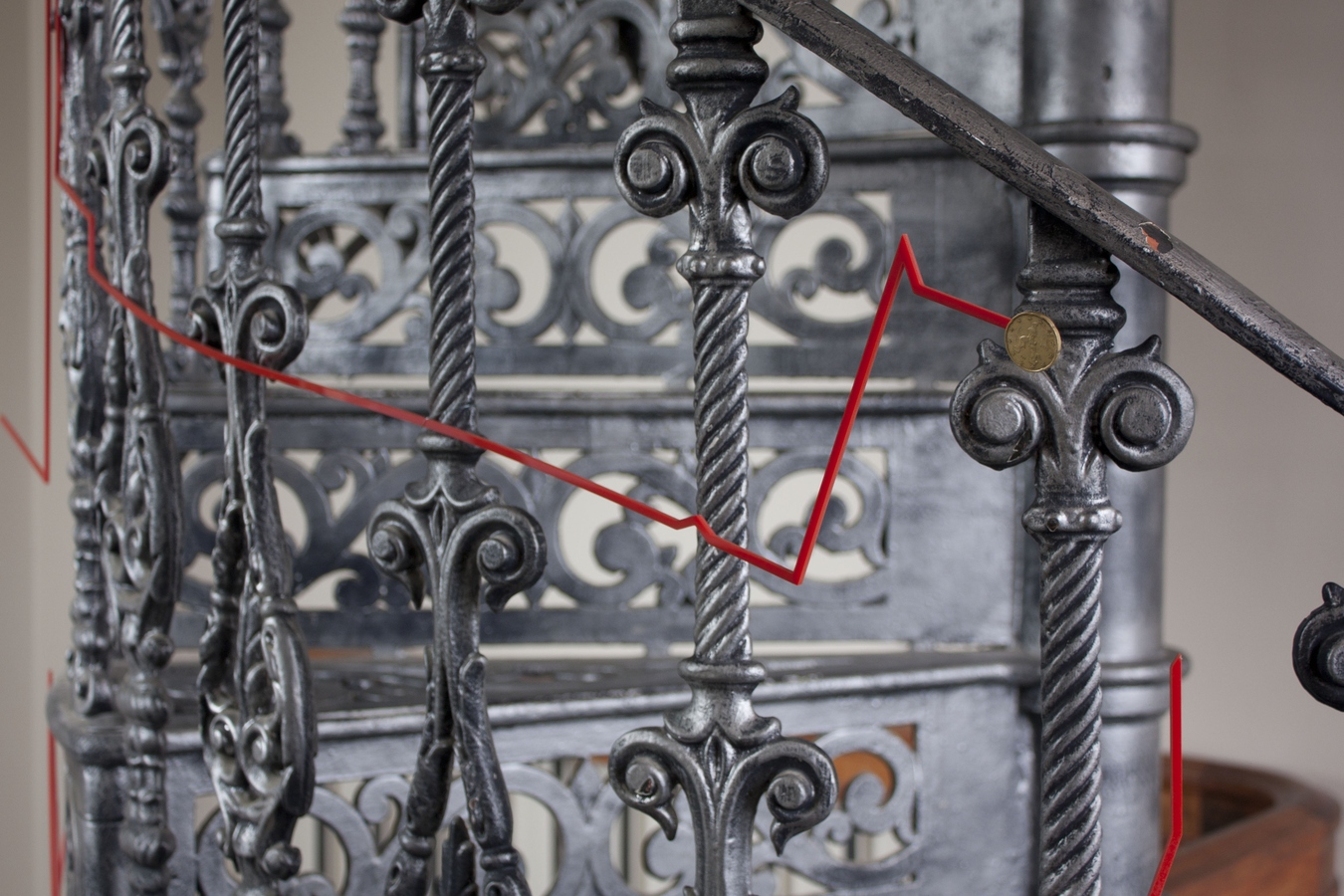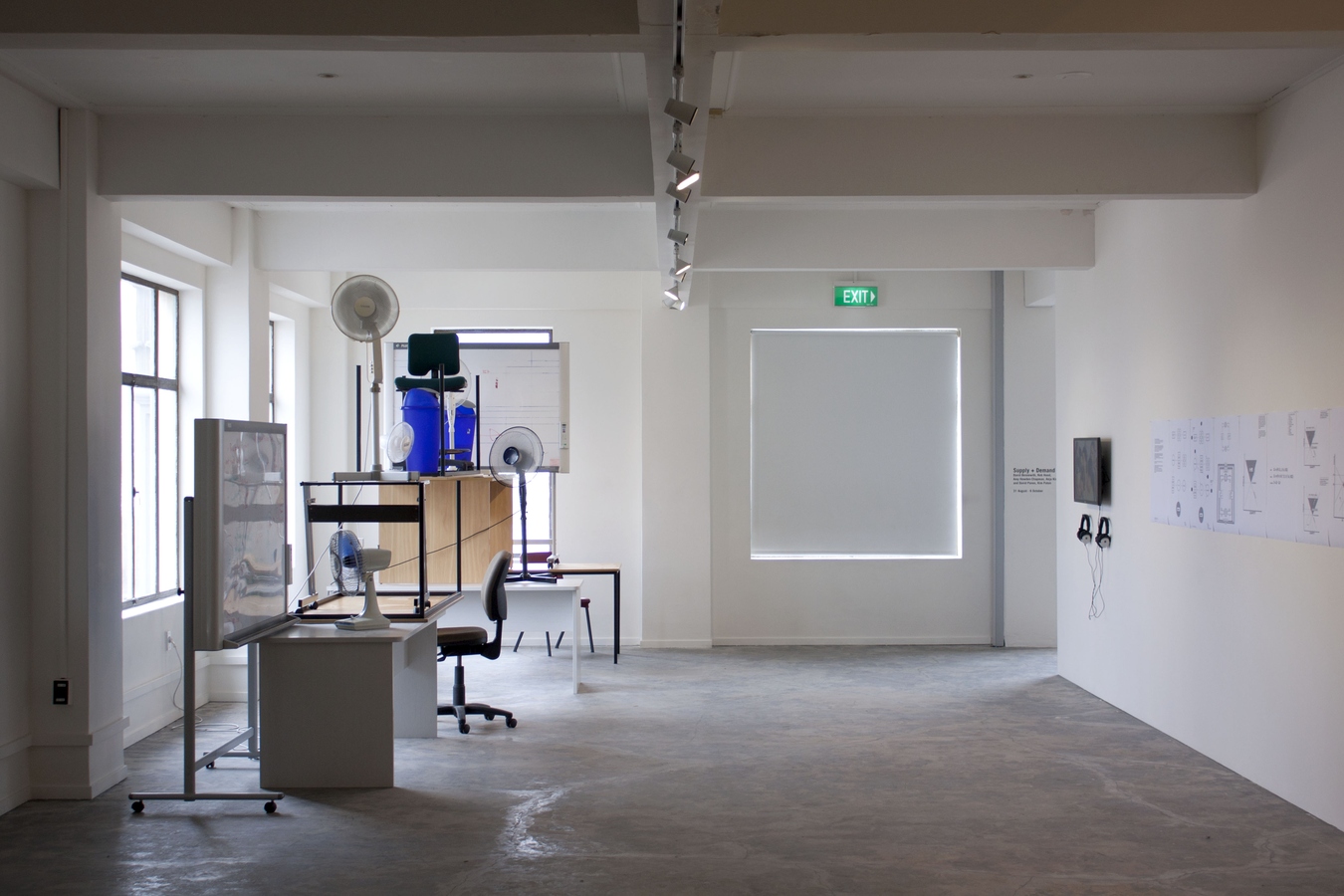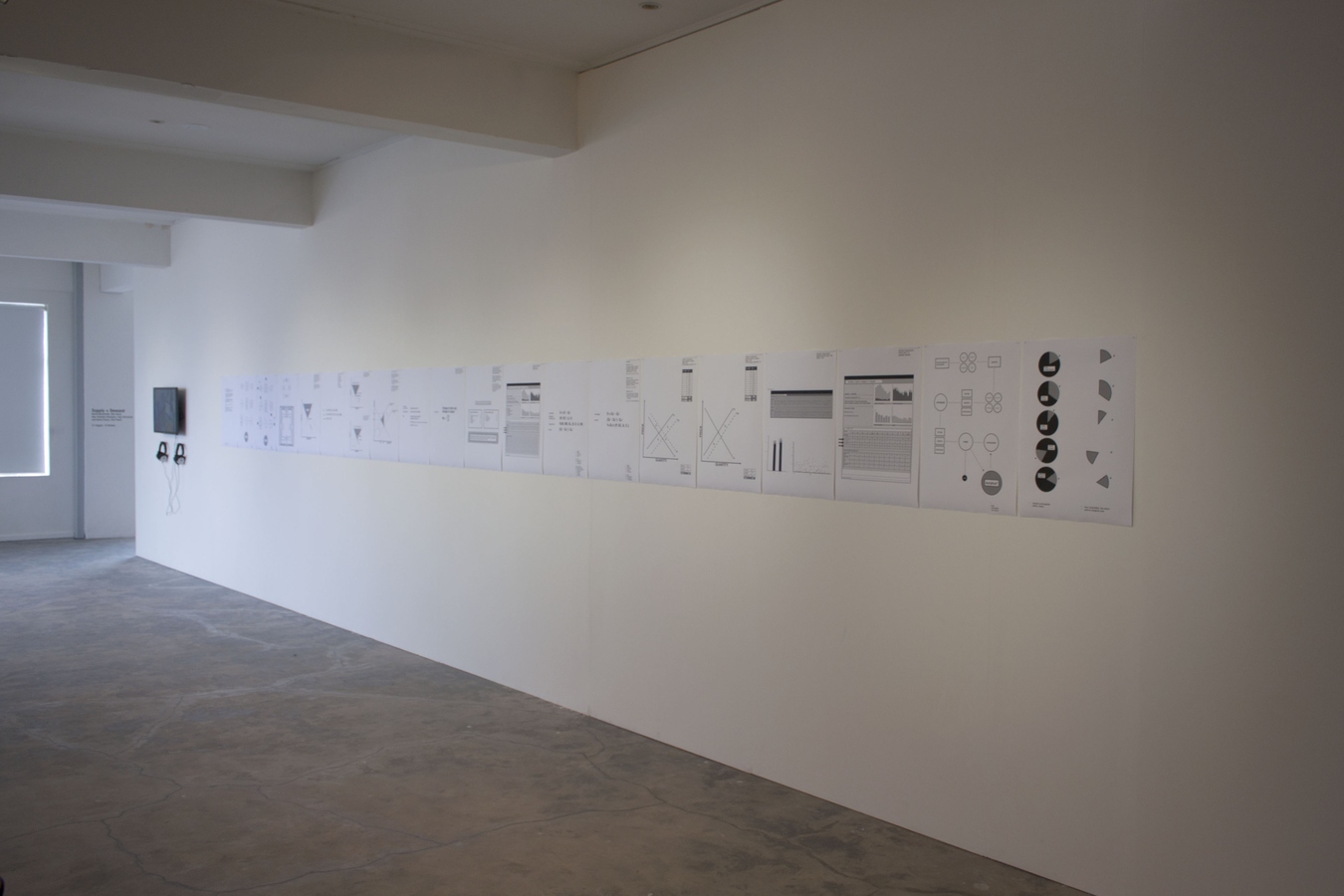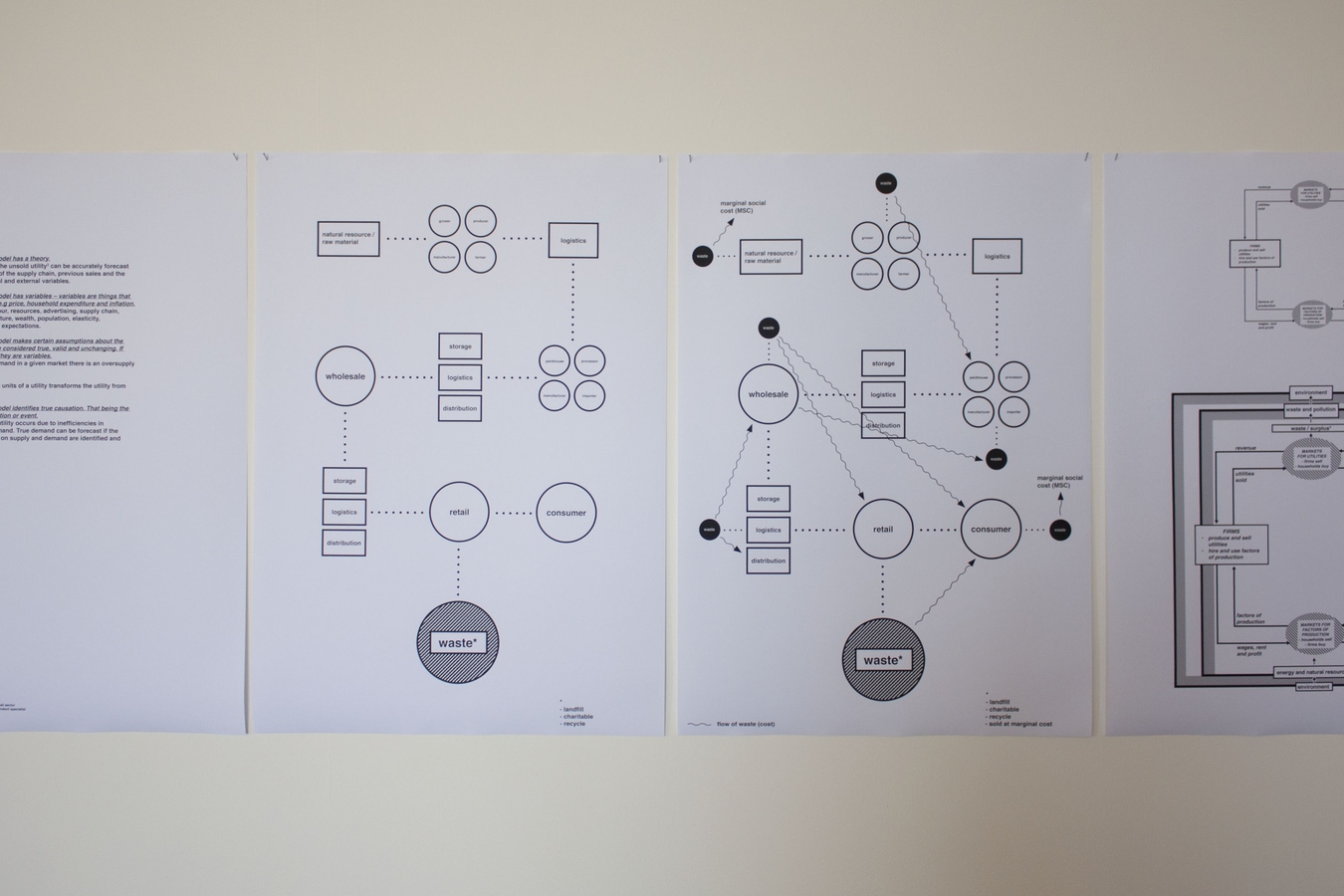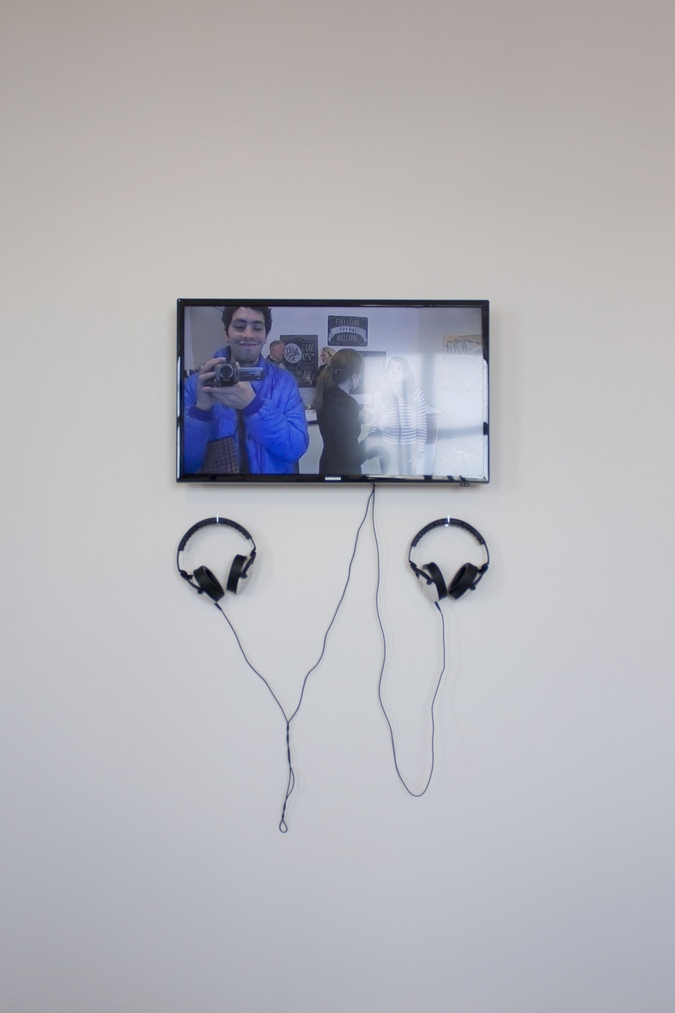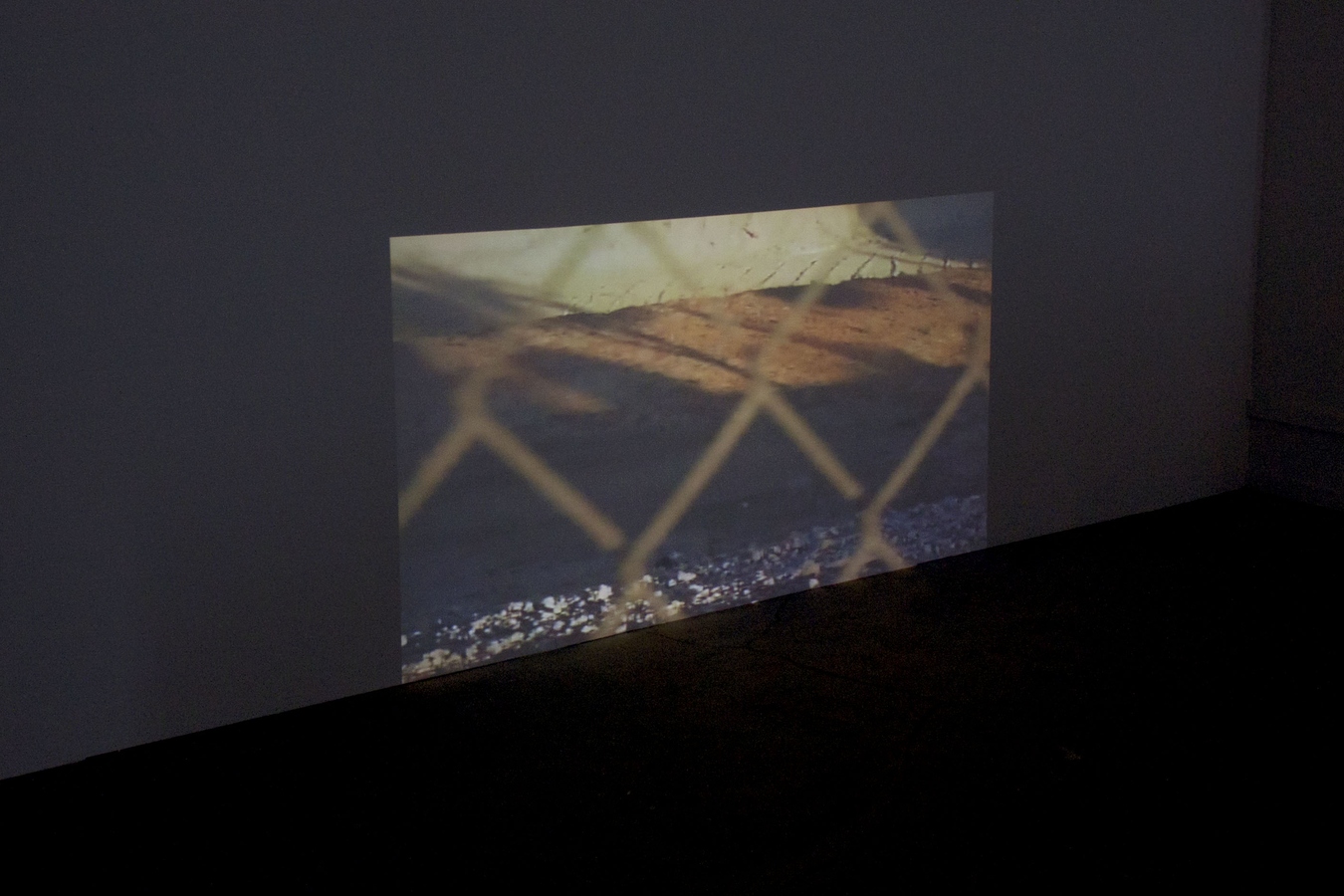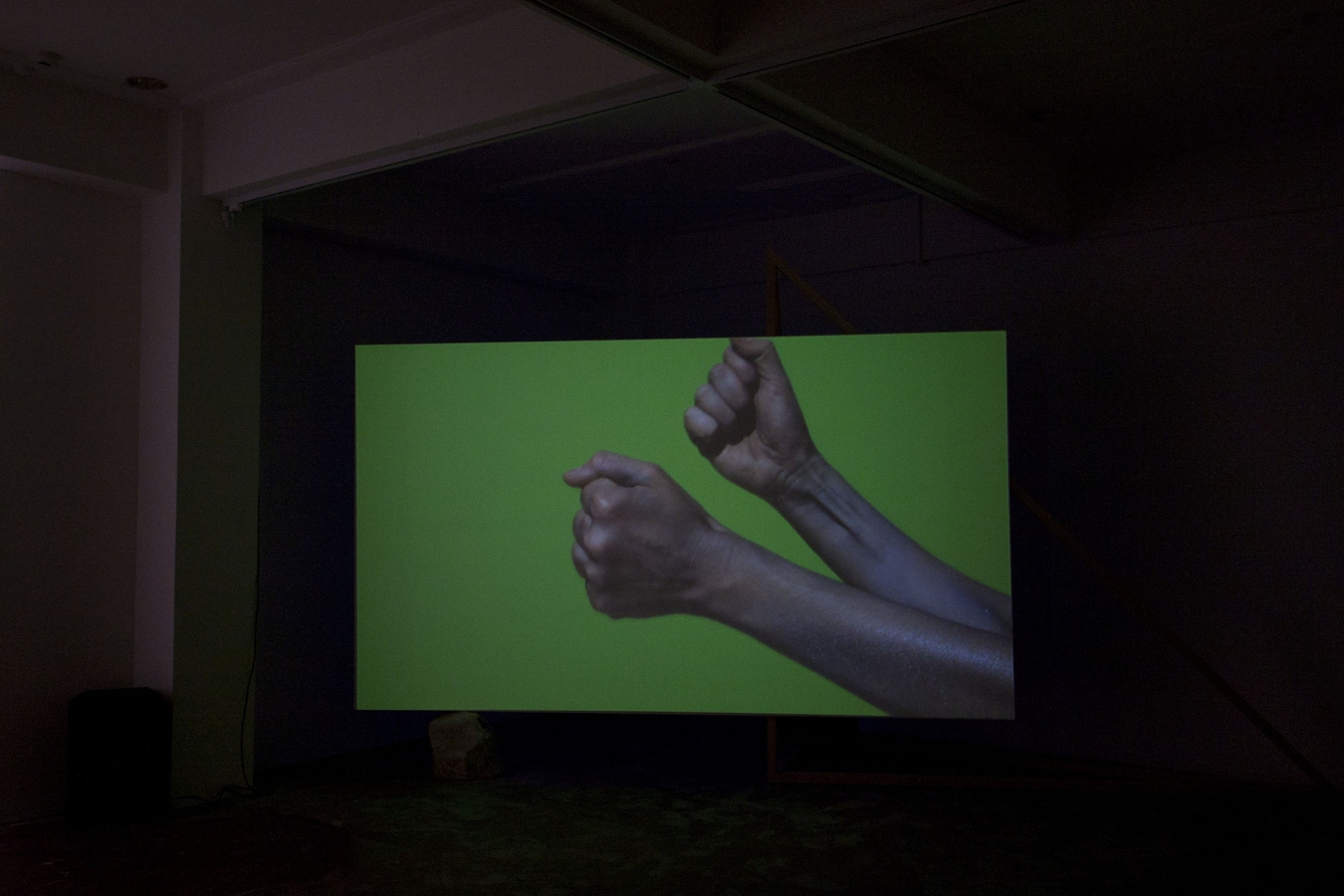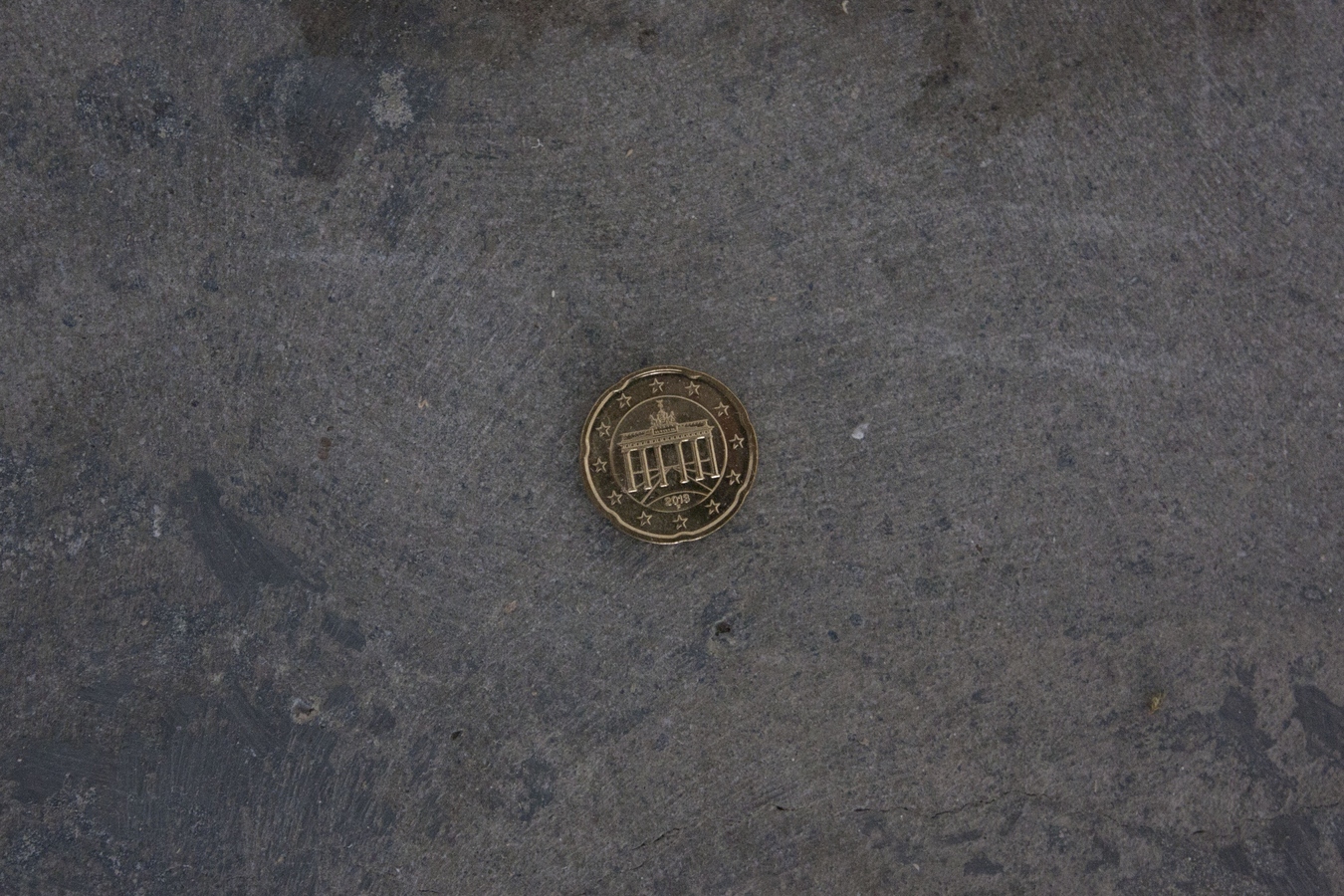David Bennewith, Robert Hood, Amy Howden-Chapman, Anja Kirschner & David Panos, Kim Paton
Supply + Demand
31 Aug — 06 Oct 2013
The values and assumptions that underpin our current economy are often portrayed as inevitable rules, as though neoclassical economics is an immutable truth. However as a process of representation that accounts for resources, labour, commodity products, land and even social interactions, the simplification of exchange into a monetary system distances the dynamic complexity of the networked relationships in which it necessarily operates. The basic principles of supply and demand make invisible the underlying speculative structure of endless growth. Living in the aftermath of the global financial crisis, how can we question these models in relation to concepts of sustainability, equality and happiness? The aesthetics of the economy obfuscate the ways in which its foundational ideas are understood and perceived in everyday terms. The exhibition Supply + Demand will explore how implicit economic structures could be made more tangible and apparent as a constructed and potentially fallible system.
Curated by Melanie Oliver

